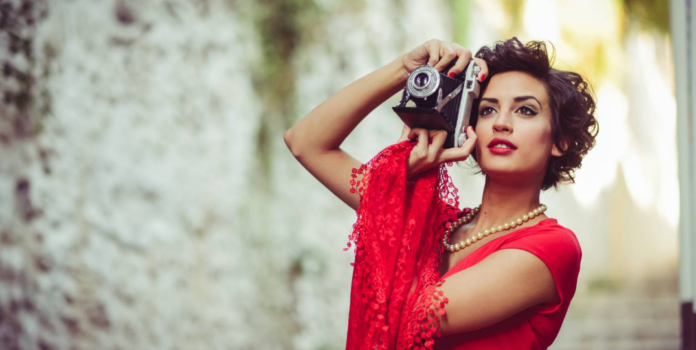If you’ve just acquired your first professional camera or DSLR and want to improve your photography skills, you’ve come to the right place. Every photographer must lay a solid foundation and understand how to constantly improve their skills in order to advance to the level of expertise. Photography, like any other art form, requires consistent practice. Let’s have a look at some of the fundamental approaches for improving these skills one by one.
Photographer must hold their camera correctly. It may appear straightforward, yet it results in terrible images in practice. To alleviate camera shake, use a travel stand to keep your camera still while focusing on image quality. Even if you are holding your camera in your hands to avoid the expense of purchasing new tripod stand, make sure you have a solid grip with both hands. The best practice is to hold the right side of the camera with a right hand and to support the weight of the camera by holding the beneath of the lens using the left hand. Additionally, you may want to hold the camera near your body to keep it still. Leaning against a wall can help provide extra stability to get a perfect picture without any shaky elements added to it.
Once you’ve captured the perfect image of your desired frame, you can save it in a variety of file formats such as RAW, jpeg, and so on. It gives you more control over the image’s quality and allows you to rectify quality flaws in post-production. You can edit these file types depending on your needs on your needs, you can edit these file types to change the exposure levels or contrast. The only drawback to such file formats is that they consume more space than regular file formats. So, if you have the time and space to edit your photos, RAW and jpeg are the finest file types to use.
If you enjoy taking pictures of humans or animals, your main subject should be in focus. Meanwhile, the backdrop items have been purposefully blurred. To keep your main item crisp, you must be mindful of the wider aperture. To achieve a more dramatic impact, keep the aperture wide open. To further understand how a larger aperture works, turn to the Aperture priority setting in your camera. Landscape photography, on the other hand, necessitates a small aperture. In this scenario, you want to keep every object in the foreground as well as in the background sharp and focussed. This necessitates the aperture to be narrow for this kind of photography. Once again, you can start practicing by using the Aperture priority mode of your DSLR to understand the basics of narrow aperture before you begin using the manual mode.
Author: David Sechovicz — I am a photography enthusiast. A thinker, dreamer, lover of all things whimsical and magical. I love photography and am passionate about art. To me art doesn’t have to be pretty. It has to be meaningful. Now let’s remember the world “revolves” because of people’s creativity.








